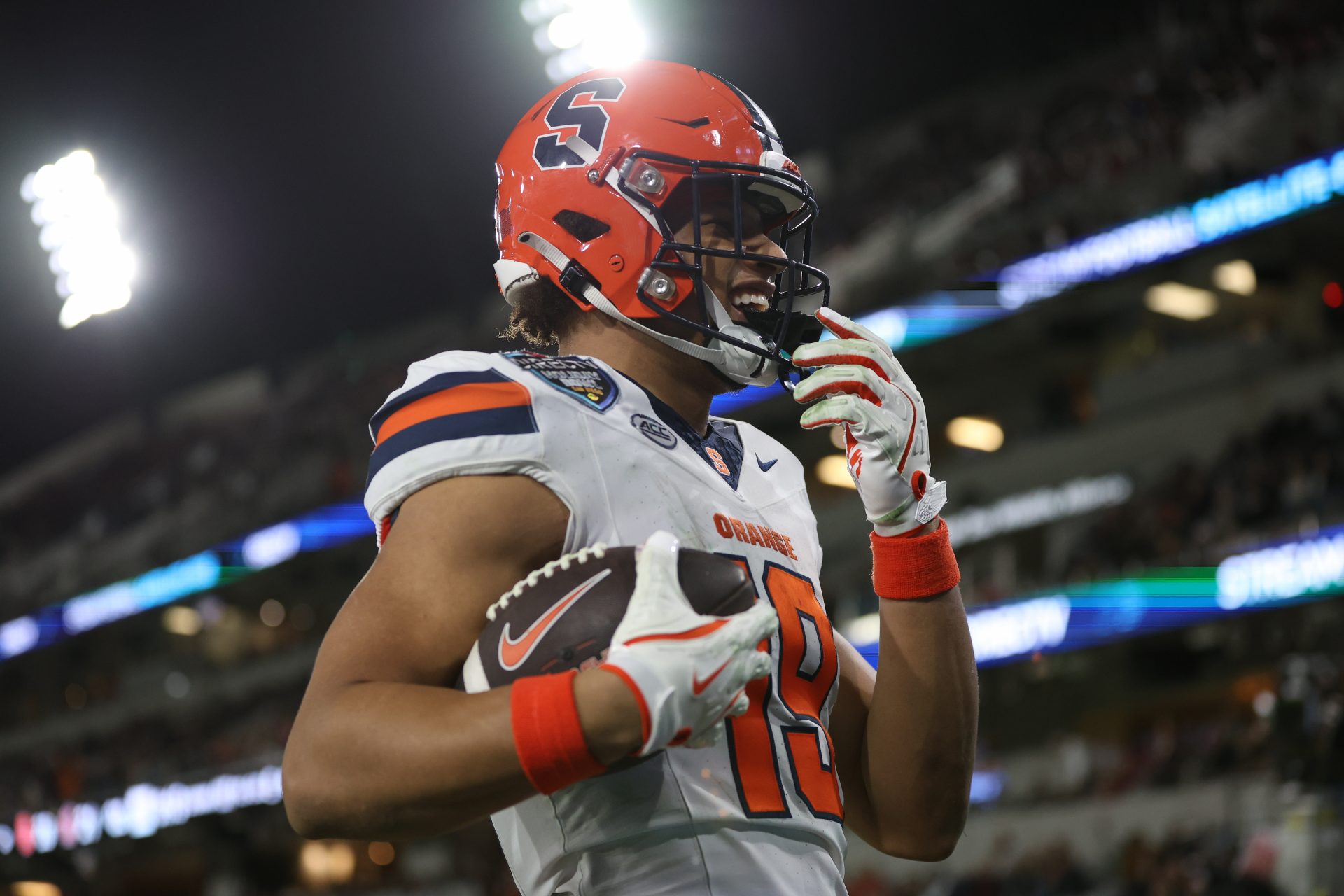If you’ve ever watched football — even for a minute — you’ve likely heard someone call a football a “pigskin.” Is the ball actually made from a pig? And if not, why do we still use the nickname?
For anyone new to American football, or just curious about its quirks, this is the story of how “pigskin” became a common nickname for the ball and what’s really behind what we see on the field today.

The Surprising History Behind Football’s “Pigskin” Nickname
In the late 1800s, American football was just starting to take shape. So, the game was rough, chaotic, and was played with whatever gear people could cobble together. Back then, footballs weren’t the polished, high-tech ovals as it known today.
Instead, they were often made from animal bladders — yep, bladders — and pigs’ were a more popular choice then.
Why pigs? Because they were everywhere, raised for food, so their bladders were easy to get. These bladders will be cleaned, then inflated, and wrapped in leather to make a ball one could kick or carry. That’s the origin of “pigskin,” and that’s where it first entered the playbook.
As football got more organized, the equipment started to evolve too. So, by the early 1900s, rubber bladders took over. They were tougher, held air better, and gave the ball a more consistent shape, which was a big deal as the sport sped up. Even though pig bladders were phased out, the “pigskin” name didn’t go anywhere.
Now, let’s clarify some details. That leather wrapping the bladder was actually cowhide, not pigskin. Pig leather’s thinner and not as rigid, so it’s hardly ideal for a game where the ball gets smashed. So, “pigskin” was really about the bladder inside, not the outside. Still, the term caught on, and soon it was what everyone called the football.
RELATED: Ranking the Top 10 Oldest Rivalries in College Football History
Fast-forward to today, and the footballs that fans see in the NFL or college games are very different. No pigs are involved, and they haven’t been for a long time.
The outer shell is made from cowhide leather, which is picked because it’s rugged enough to handle the game’s hits and scrambles. The leather is treated to boost grip, often with a pebbled texture that helps players sling passes and hang on, even when it’s raining.
Sports outfitting companies, such as Nike, Under Armour, and Adidas, are constantly trying to evolve football in pursuit of making a product perfect for the players who use it.
College Sports Network has you covered with the latest news, analysis, insights, and trending stories in college football, men’s college basketball, women’s college basketball, and college baseball!

